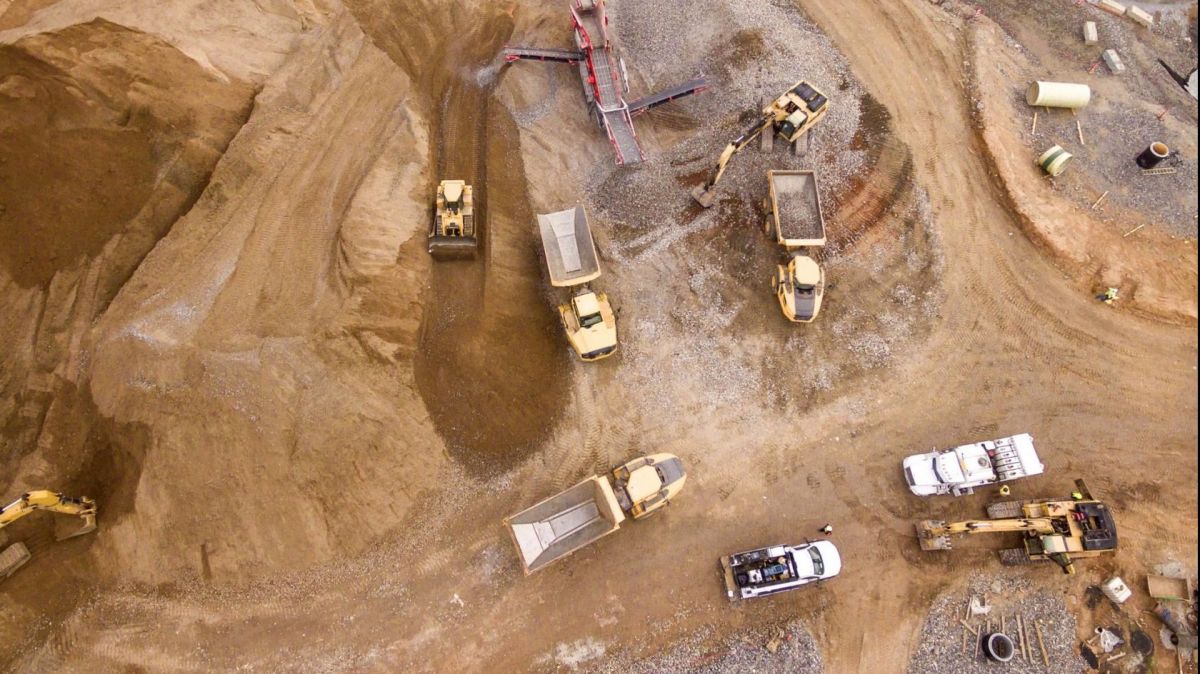In March 2004 the Instituto of Geológico e Mineiro released a comprehensive analysis entitled “ Lithium Potentialities in Northern Portugal” which is essential reading for anyone wishing to understand the complexities of the predicament in which the Portuguese government now finds itself.
At that time Lithium petalite ore in various grades had been in production at an annual average of 9,500 metric tons and was largely exported to European processors who added metals such as magnesium to produce alloys. These could then be used in the manufacture of ceramics, armaments (both conventional and nuclear) and in the rapidly expanding electronics industry with its emphasis upon communications. It was also used in medicines for the treatment of ailments such as manic depression and hallucination which perhaps in part could be attributable to the over- use of smart-phones and the social media of the internet.
By 2020, Portugal was providing 13% of European procurement for this lightest of metals and its many applications – especially the explosion of the requirement for storage batteries to power the astonishing growth of the all-electric car industry. In preparation for this inevitable expansion of lithium exploitation, the government commissioned from commercial interests a new survey of potential sites to supplement that of the Institute. By an extraordinary process the responsibility for this was given exclusively to Savannah Resources PLC, a British based company with shares almost entirely owned by financiers and entrepreneurs of Oman. It is led by an Australian ex-barrister CEO and a Portuguese expert in public relations who together have produced finely worded reports and press releases to convince us that the exploitation initially of eight sites in northern Portugal will bring untold benefit to the economy and enhance the European contribution to the global struggle for halting future decadence due to the effects of climate change. This company is now anxiously lobbying the government for swift decisions concerning the grant of concessions which will endure until exhaustion and not prohibit the assignment to anonymous foreign interests who will share the great potential wealth or put the “treasure” to their own particular purpose.
It has recently been announced that a site in the Setubal industrial park has been chosen for the construction of a huge refinery for the processing of Lithium ore which requires careful handling because of its toxicity and volatile flammability. Fuller details concerning the requirements for security, the employment of specialised personnel and the destination of product have yet to emerge but it is known that the project will be owned and operated by Galp and Swedish battery developer Northvolt AB which is a consortium of BMW, Volkswagen, Folksam Insurers and Goldman Sachs. Financial support is promised by the European Investment Bank.
The mining of the mineral wealth of western Iberia and especially in the historic territories of Lusitania and Galicia has been the backbone of regional economies since neolithic times. Roman engineers were particularly expert and controlled mining through their legion commanders by granting local concessions for production of gold and silver which were almost entirely sent as tribute to Imperial Rome. Copper, tin, bronze and iron constituted local metallurgy before export or domestic use. At the outset of WWII, the production of wolfram in largely British owned mines such as Panasqueira became a matter of international controversy due to tungsten being an essential component for armour plating. German agents in the Lisbon Metal Exchange forced a quadrupling of the price in less than three months of 1940 and secured from Novo Estado exclusivity for export licences despite the evocation of Britain of the ancient Alliances. This was only counter-balanced in 1943 when the war fortunes of Nazi Germany declined and Novo Estado permitted the leasing to the Allied forces of naval and air bases in the Azores.
Determined resistance to Savannah´s proposals has been forthcoming from the affected municipalities and citizen farmers who foresee a grim future of their communally owned countryside being ripped apart by open-cast mining and its associated pollution of flora and fauna. But their David and Goliath campaigns have no chance of success when government is under severe pressure from the EU and IMF to (1) reduce the loans granted after the 2008 financial crisis and (2) stimulate the economies of other countries within the Union. The billionaire owners of mega mining corporations are interested only in obtaining Portuguese national assets for cash using an irresponsible colonial strategy similar to that of Roman Imperialism and Nazi despotism.
Yet it is not too late for the government to take back control by re-examining the structure of the proposed Li-exploitation and creating a superintendent authority which will ensure that the wealth resulting from the gradual, disciplined mining of great natural resources is equitably distributed. Such an entity should be composed of the present communal landowners and their municipalities, the Instituto Geológico , the Ministries for the environment and economy and representatives of the selected miners. It should have full control to (1) demand an ordered rate of production which will ensure , regardless of expense, observance of full anti-pollution measures (2) rehabilitate the landscape without the use of landfill for industrial and domestic toxic waste (3) ensure that sales to refiners are at full market prices (4) endeavour to ensure that the onward sale of refined alloys are confined to the EU (5) distribute the resultant profit to the economic and cultural benefit of the Portuguese nation.
In essence, the national reserves of “white gold” merit the same regulation and protection as the bullion ingots held in the vaults of the Bank of Portugal.









